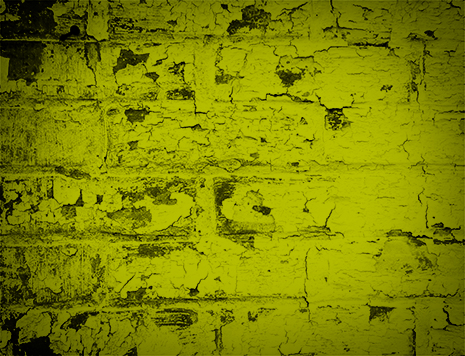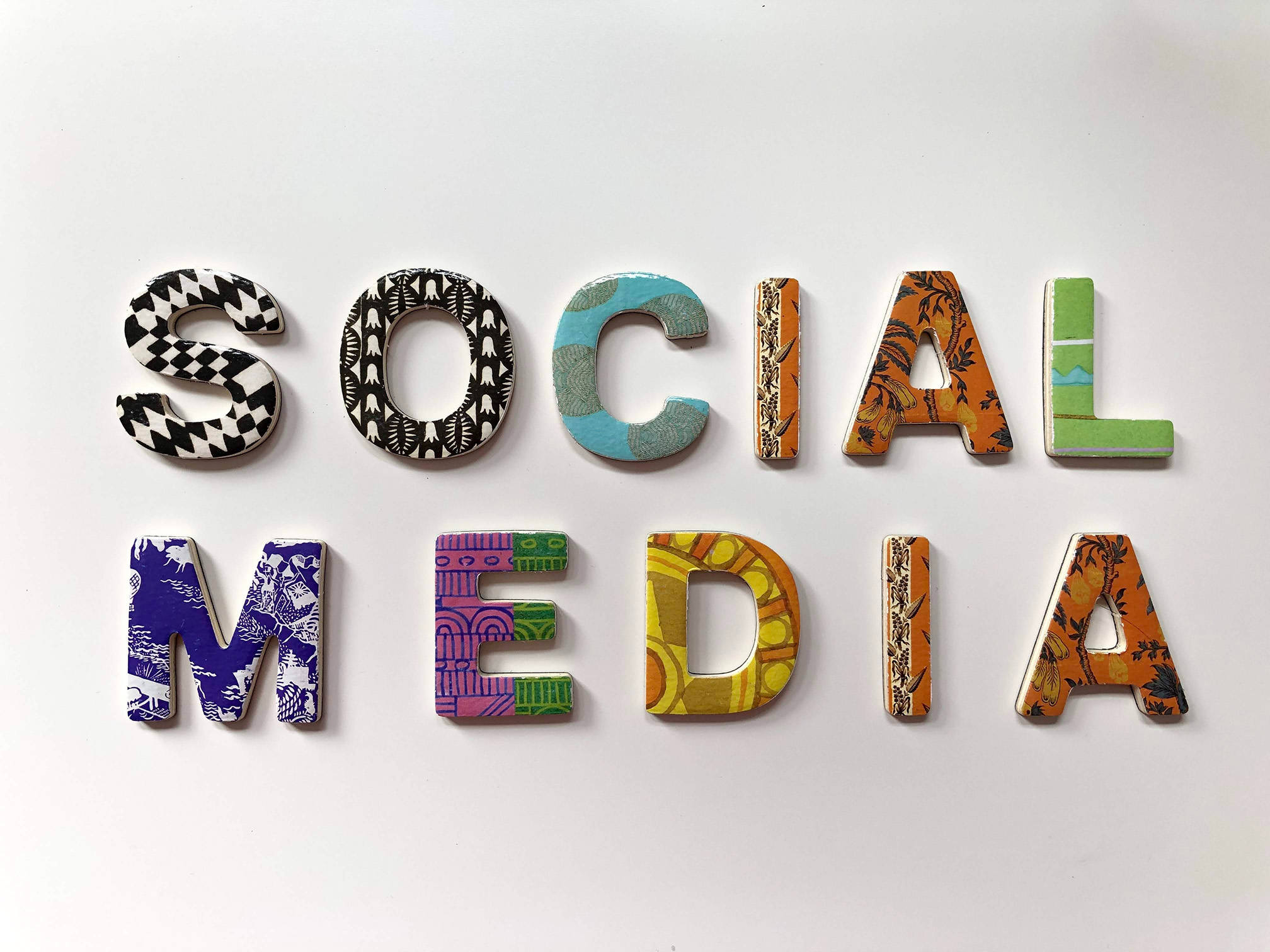Decorative Images
In the instance where an image adds no useful additional information to the screen's
content, you can mark it as "decorative" and skip writing alt text.
When can you skip writing alt text?
There are three main situations where an image can be considered decorative and therefore
you don't need to write alt text. When in doubt, it's better to give more information
than not enough.
- The image provides no important information or context.
If an image conveys no important information necessary for the user to understand
the page content, it can be considered decorative because its only function is to
enhance the appearance of the page.
- The information in the image is repeated nearby on the page.
If the exact information communicated by the image is available in an accessible,
easily found format nearby on the same screen, it can be considered decorative because
it provides no new information and would be redundant to include.
- The image is within a link that also has text describing the link's purpose.
When a linked image is the only item within a link, it needs alt text that describes the link's purpose;
however, if visible text within the link is already describing the link's purpose,
then you can mark the image as decorative.
Examples of Decorative Images

Image used only for Decoration
This abstract image with a grass-colored background does not provide any visual information
that will help someone understand the page content.

Social Media: Text Repeated Near Image
Since the text "Social Media" is repeated in the heading right next to the image containing
the same text, this image can be marked as decorative.


